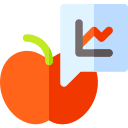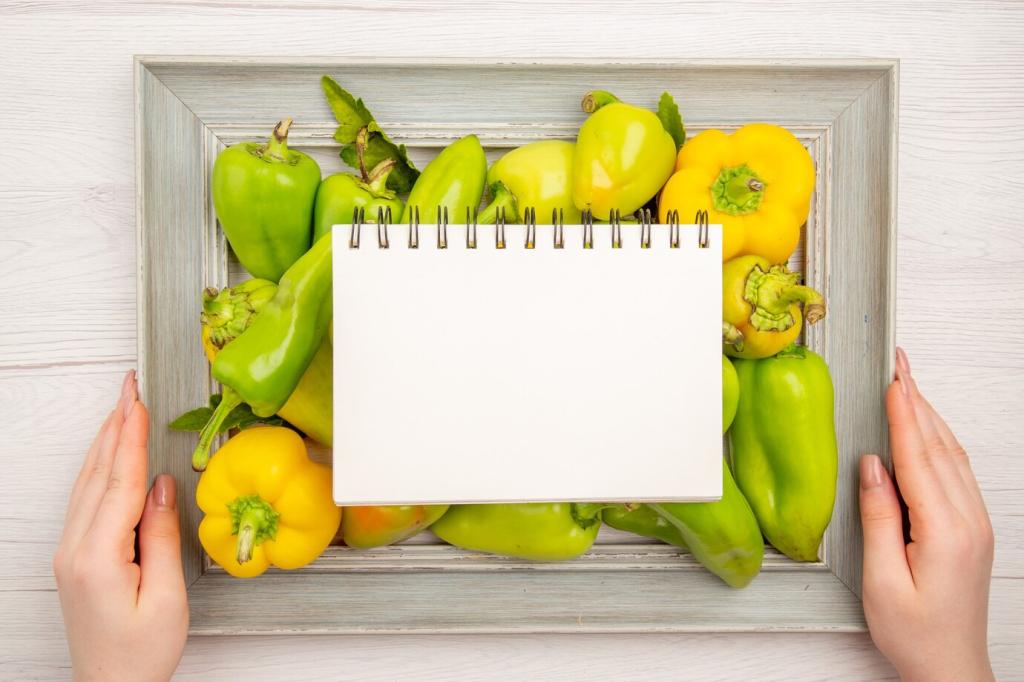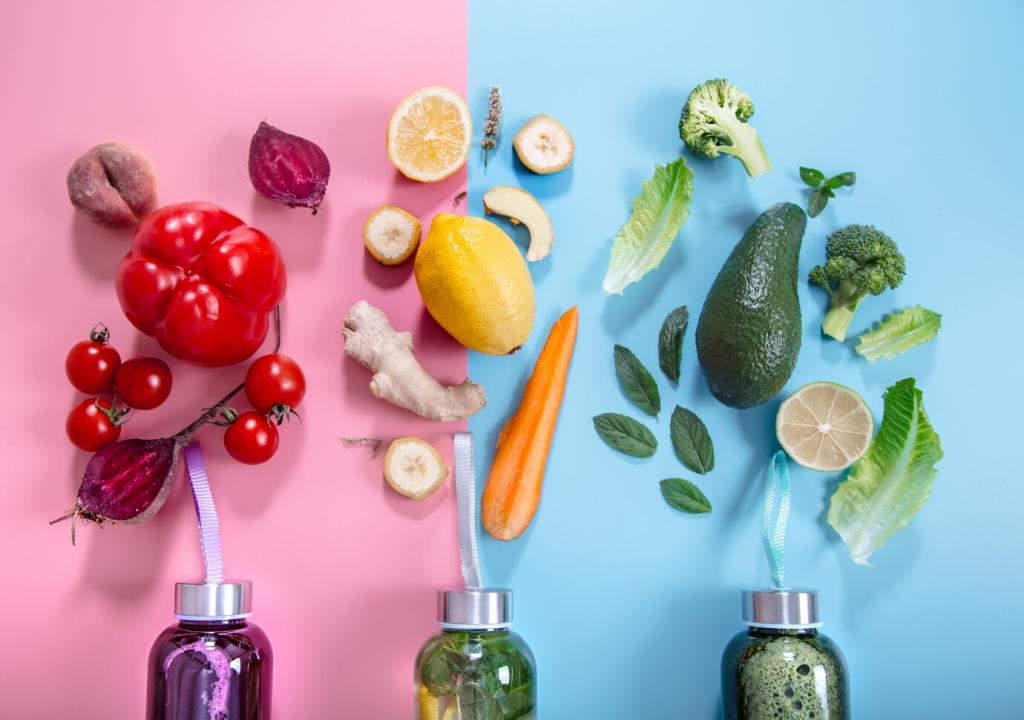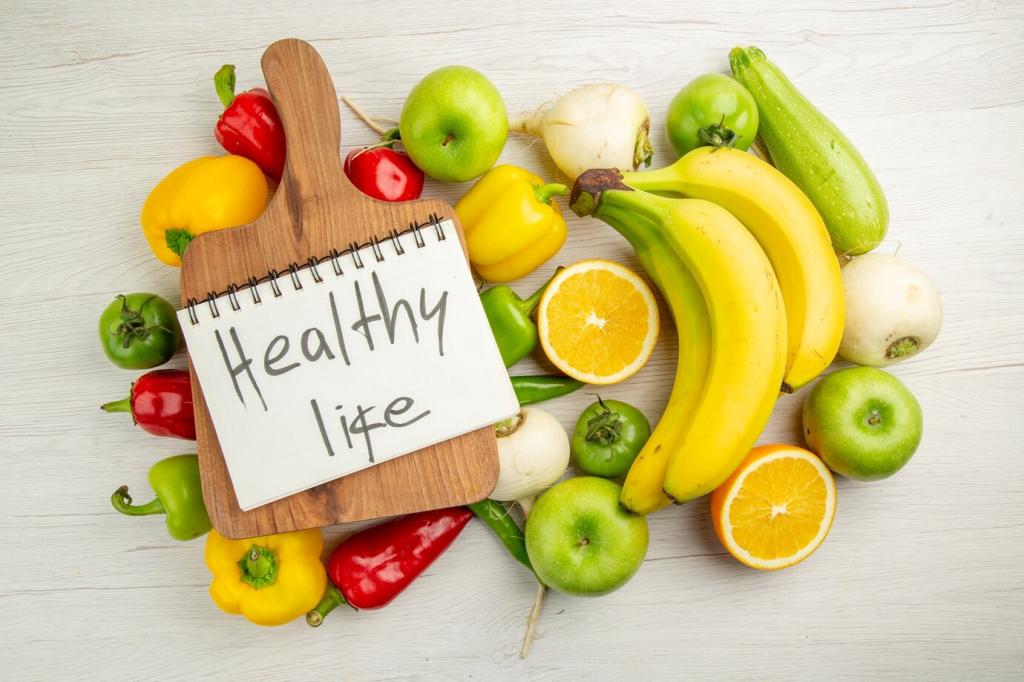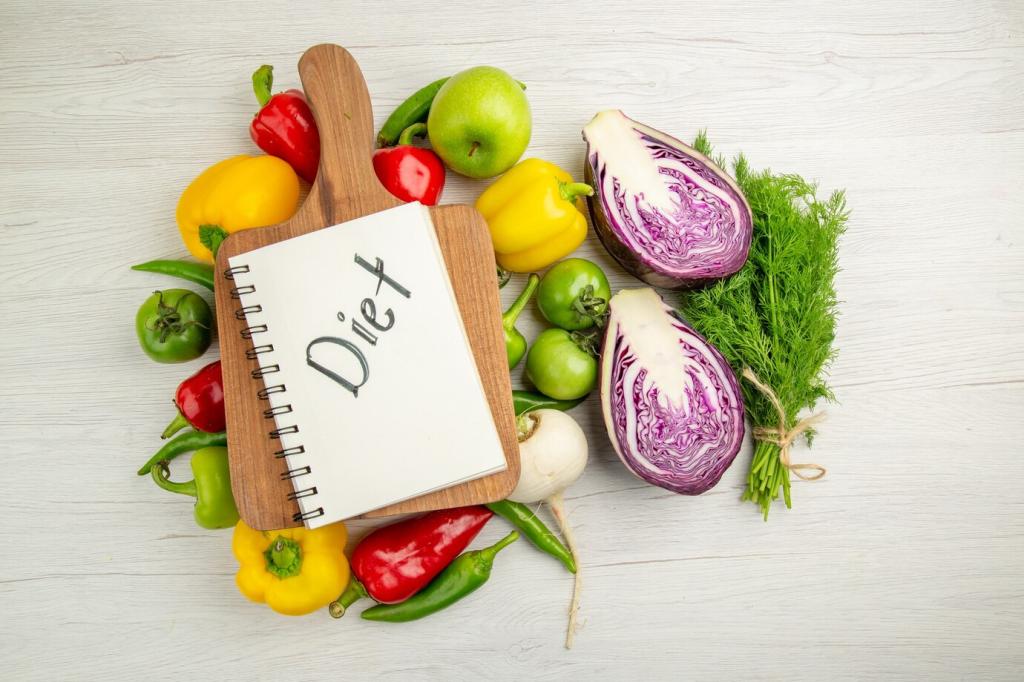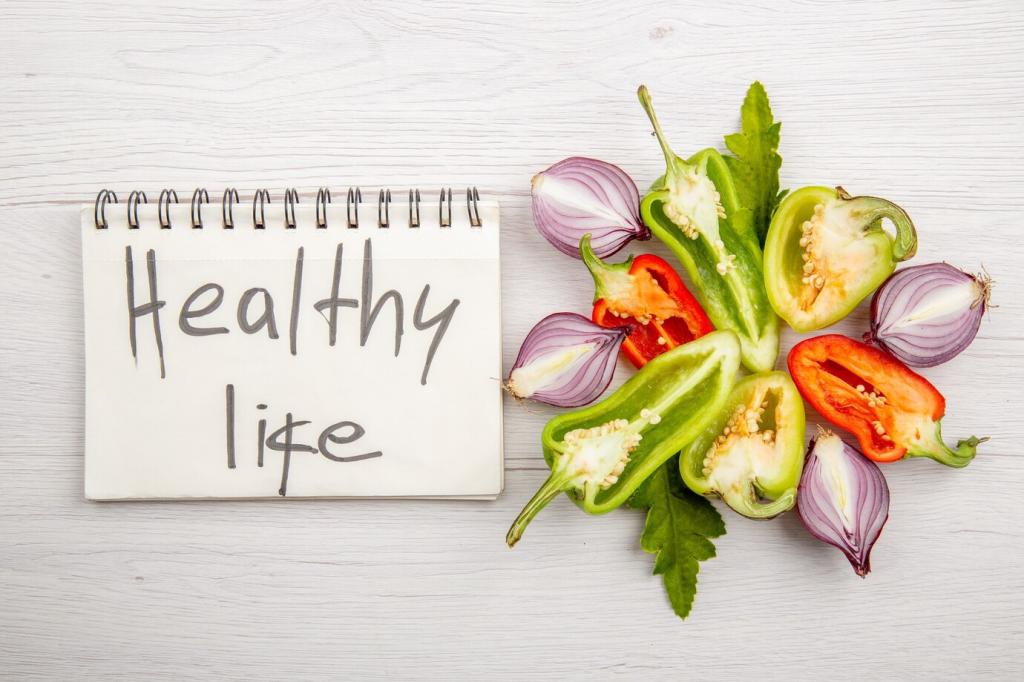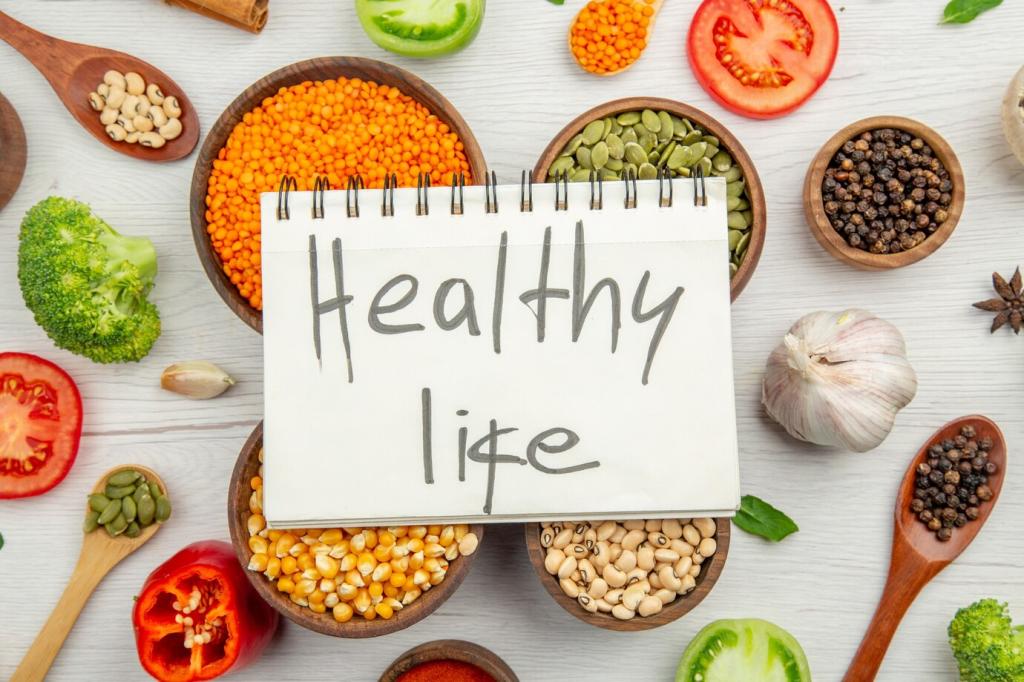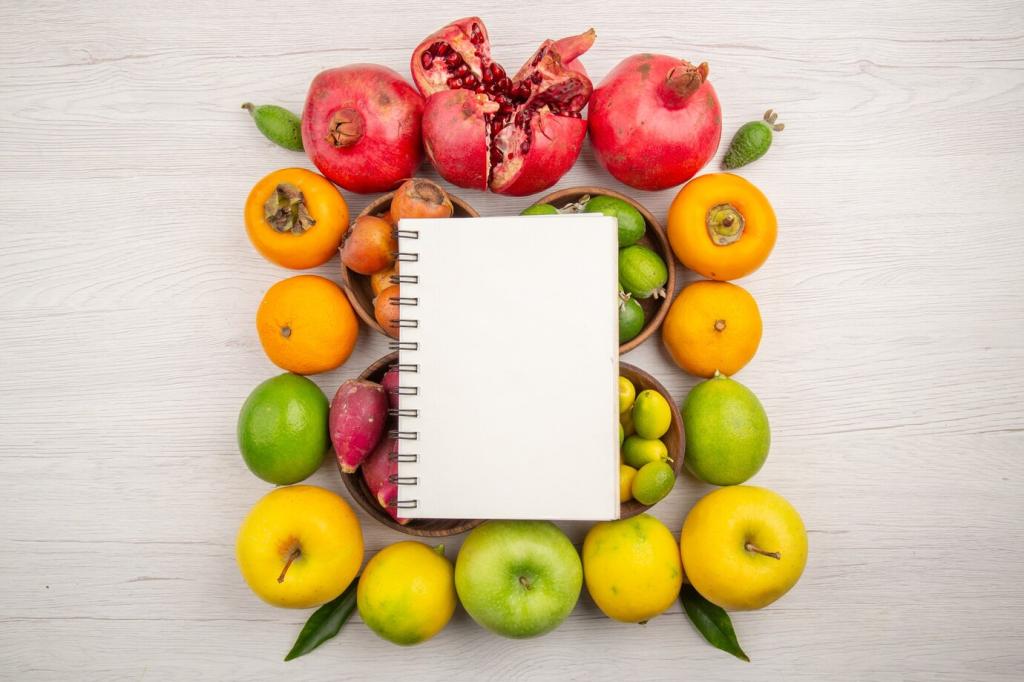Before, During, After: Timing That Works
Two to three hours before training, drink a moderate volume of water with a pinch of salt or an electrolyte tablet. Top up with a small glass fifteen minutes before you start. The goal is comfortably hydrated, not heavy, so your stomach stays calm when the pace quickens.
Before, During, After: Timing That Works
For sessions over 60 minutes, sip 3–8 ounces every 15–20 minutes, adjusting to your sweat rate and weather. Include electrolytes in heat or heavy sweaters to maintain fluid absorption. Little sips stabilize gut comfort, reduce cramping risk, and protect your late-interval power.
